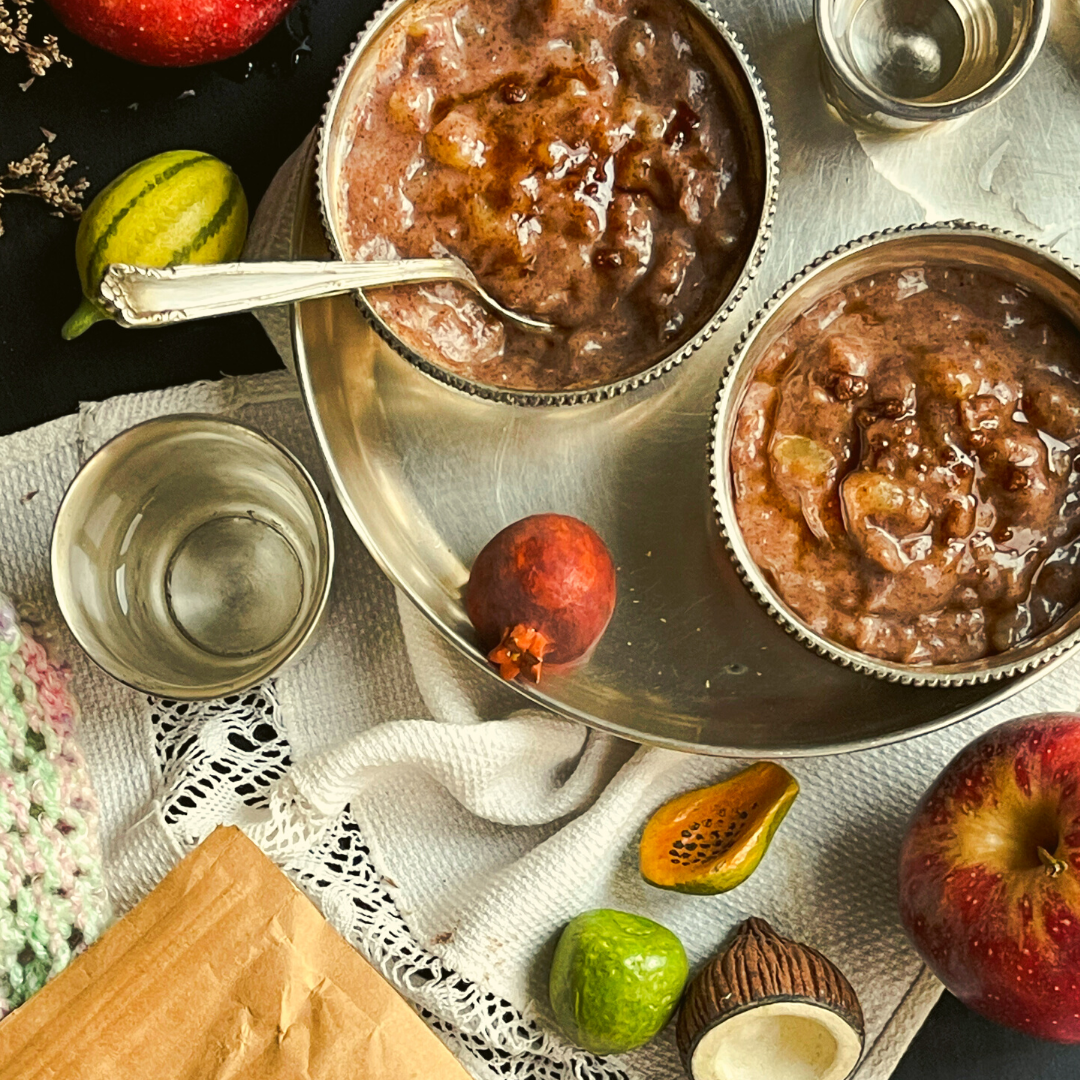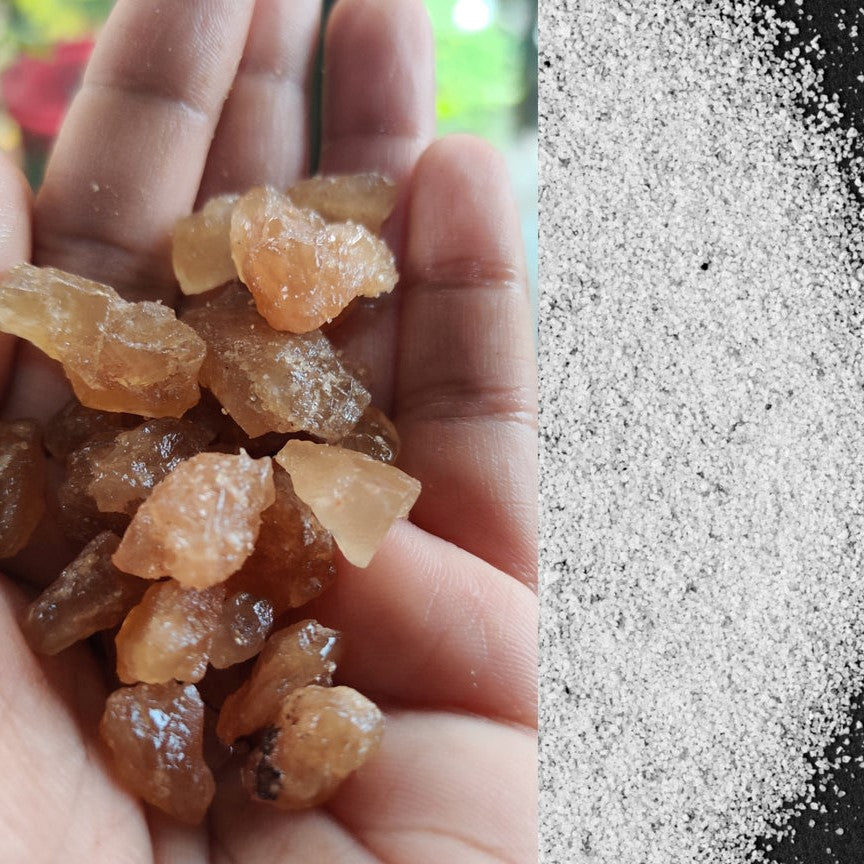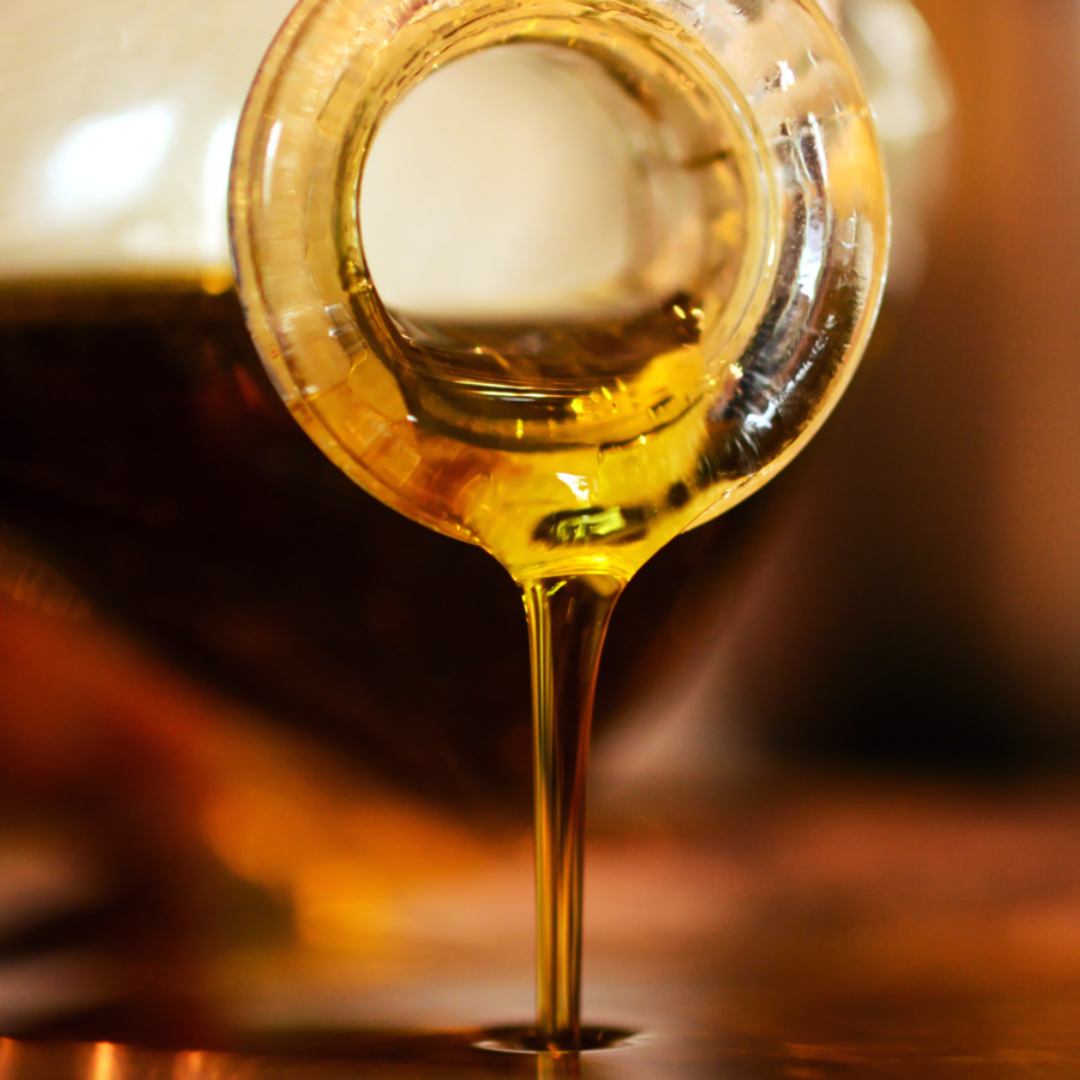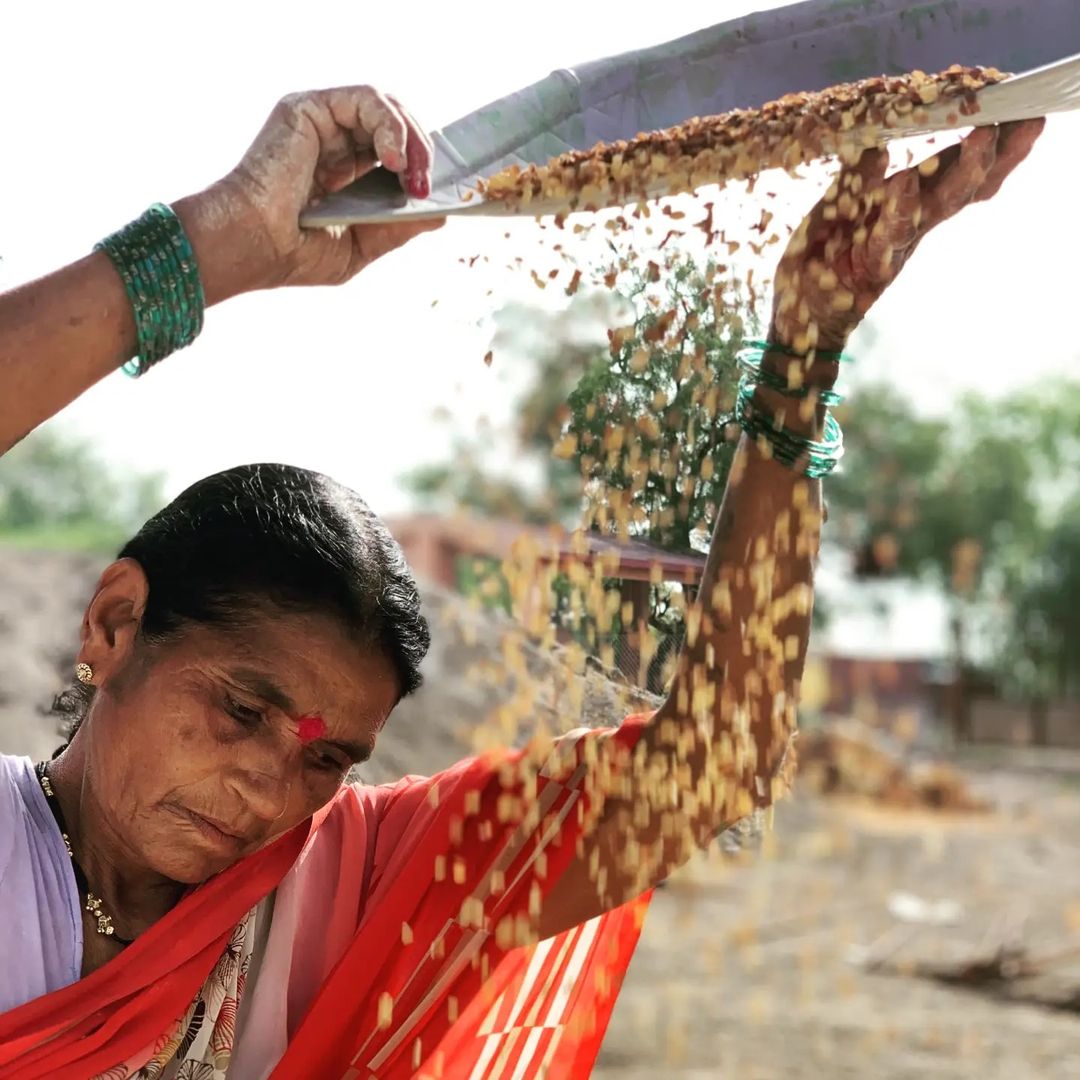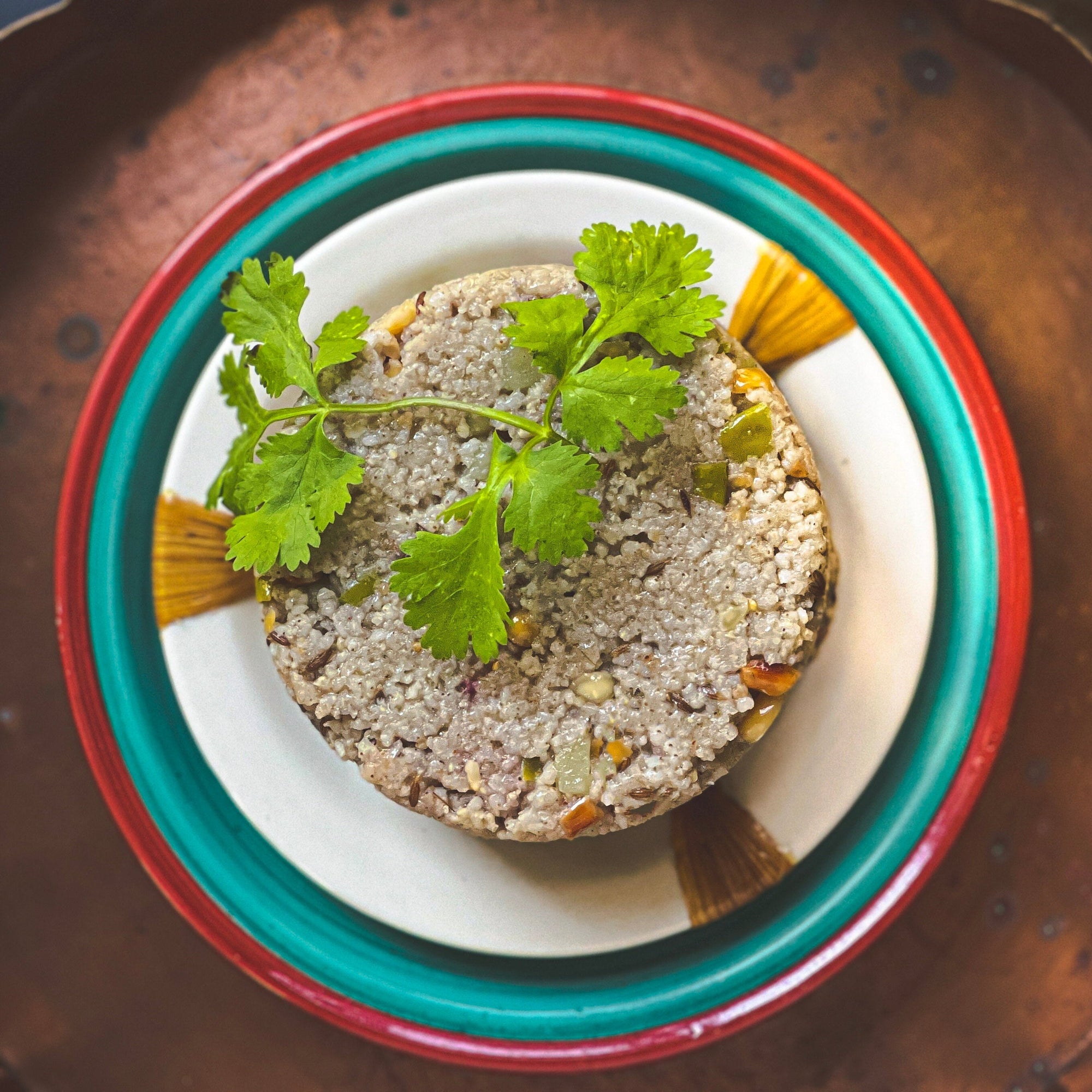Also referred to as Nachni Satva, sprouted ragi malt is a very healthy whole grain that is especially beneficial for infants. The high calcium concentration of this superfood is well known, as it is crucial for the development of healthy bones. Finger millet, also known as ragi, is high in complex carbs, fiber, and other minerals.
Ragi that has sprouted is a great way to increase the availability of nutrients in the food for a baby. New mothers can assist their baby's healthy growth and development by incorporating ragi, a nutrient-rich food, into their meals by being aware of its nutritional advantages. Watch this space to discover more advantages and dispel common misconceptions about this superfood!

The Ragi Malt Sprouted Seed's Nutritional Profile
A nutritional powerhouse, sprouted ragi malt provides an amazing assortment of vital elements. Whole grains high in dietary fiber and complex carbs include finger millet. It is an excellent supplement to baby food because of its high calcium content, which is essential for bone formation. Regular ragi grains' nutritional availability is increased through sprouting, which optimizes their advantages. This nutrient-dense grain has phytonutrients, vitamin C, and amino acids, all of which are beneficial to general health. One method to take advantage of sprouted ragi malt's many health benefits is to include it in your diet.

The Advantages of Sprouting for Available Nutrients
Sprouting opens up Nachni Satva's full potential by greatly increasing its nutrient availability. Enzymes neutralize anti-nutrients such as phytic acid during sprouting, increasing the bioavailability of vital nutrients. The vital vitamins and minerals in sprouted ragi malt are effectively absorbed by the body thanks to this process, which also improves digestion and boosts the overall nutritious content. Ragi malt that has sprouted becomes a nutritious powerhouse, with many health benefits, especially for infants. Adding sprouted ragi malt to baby food can be a beneficial supplement that will support their growth and general well-being.
The Reasons why Ragi Malt is called a Baby Superfood
Because of its many health advantages, ragi malt, sometimes referred to as sprouted ragi malt or Nachni Satva, is frequently regarded as a superfood for babies. It is a wholesome option for infant food because it is full of vital minerals including calcium, dietary fiber, and amino acids. This is the reason ragi malt has gained the reputation of being a superfood for infants.


Promoting development and growth in a healthy way
Because sprouted ragi malt includes vital minerals that promote healthy growth and development, it's a nutrient-dense option for infant food. Babies benefit most from ragi malt's calcium content since it promotes the growth of strong bones and teeth.
Additionally, it contains amino acids, which are the building blocks of protein and essential for the development and maintenance of bodily structures. Furthermore, ragi malt's dietary fiber promotes a healthy digestive system and aids in the regulation of bowel motions.

Simple Absorption and Digestion
Ragi malt's simple digestion and absorption is one of its main benefits as infant food. Ragi malt's dietary fiber supports a healthy digestive system and aids in controlling bowel motions. Because their digestive systems are still developing and they might be sensitive to specific foods, newborns should pay special attention to this. Ragi malt is a great option for babies who are starting to move on to solid foods because it is easy to digest and soft on the stomach. Babies can get the most nourishment possible from their meals because the nutrients in ragi malt are also readily absorbed by the body.
How to Make Ragi Malt at Home: A Comprehensive Guide
Ragi malt may be easily and nutritiously prepared at home, and it's a great way to start your infant on this superfood. Here's a detailed recipe for making ragi malt:
-
Select premium ragi grains. For optimal nutritional content, it is recommended to use organic and sprouted ragi grains.
-
Thoroughly rinse the ragi grains to get rid of any contaminants. Soak the grains for eight to ten hours, or overnight, in water.
-
Spread the soaked ragi grains on a fresh cloth after draining the water. Give them 24 to 48 hours to sprout.
-
Rinse the ragi grains once more to get rid of any remaining contaminants once they have sprouted. After the ragi grains have sprouted, drain the water and let them dry fully.
-
Using a mixer or blender, pulse the dry sprouted ragi grains until they form a fine powder. If there are any coarse particles in the powder, sieve it.
-
Keep the ragi malt powder refrigerated and dry in an airtight container. The maximum usage period is three months.
To make the paste, combine 1-2 tablespoons of ragi malt powder with milk or water. Stirring constantly, cook the mixture over low heat until it thickens. Add a sweetener such as jaggery or palm sugar if preferred. Give your infant a warm serving of ragi malt.
Baby-Friendly and Healthful Ragi Malt Recipes
Babies can benefit from ragi malt, a superfood beverage that is surprisingly adaptable and full of vital minerals. Here are a few easy and tasty ragi malt recipes to incorporate into your child's diet:
Simple Ragi Malt
This is the most straightforward and popular method for making ragi malt for infants.
Ingredients:
- ½ cup water (or formula/breast milk)
- 1 tablespoon sprouted ragi flour
Guidelines:
-
Dry roast the ragi flour in a small saucepan over low heat for a few minutes, or until it becomes fragrant.
-
Heat the water (or breast milk/formula) in a different saucepan until it's lukewarm.
-
To prevent lumps, gradually whisk the roasted ragi flour into the heated mixture.
-
Simmer the mixture for two to three minutes while stirring continuously.
-
Take it off the stove and allow it to cool fully before giving it to your child.
Sweet Ragi Malt
This recipe will give your basic ragi malt a delicious fruit flavor and a hint of sweetness.
Ingredients:
- 1 tablespoon of sprouted ragi flour
- ½ cup water (or formula/breast milk)
- One teaspoon of mashed banana, apple, or pear (choose a fruit based on your baby's developmental stage).
Instructions:
- Comply with the basic ragi malt recipe, steps 1-3.
- Add the mashed fruit and well mix after the ragi malt has simmered for two minutes.
- Take it off the stove and allow it to cool fully before serving.
Ragi malt with spices (for infants 8 months and up)
For a cozy take on ragi malt, add a touch of warming spices. Don't forget to offer spices carefully after considering their age and digestive system for your infant.
Ingredients:
- 1 tablespoon of sprouted ragi flour
- ½ cup water (or formula/breast milk)
- An optional sprinkle of cardamom powder
Guidelines:
- Proceed with the basic ragi malt preparation, steps 1-3.
- After the ragi malt has simmered for two minutes, thoroughly mix in a pinch of cardamom powder, or any other spice that is safe for infants.
- Take it off the stove and allow it to cool fully before serving.

Conclusion
A nutritious powerhouse for infants, sprouted ragi malt provides a variety of vital vitamins and minerals that are necessary for normal growth and development. It's the perfect option for weaning meals because of its simple absorption and digestion. At-home ragi sprouting guarantees optimal nutritional availability. Beyond infants, ragi malt is beneficial to adults as well, supporting immune system function.
Frequently Asked Questions
How Often Should I Give My Infant Ragi Malt?
You can give your infant ragi malt on a daily basis, but it's important to speak with your healthcare practitioner for advice tailored to your baby's age and nutritional requirements. Gradually increase the amount as your baby gets used to the flavor and texture, starting small.
Ragi malt can be combined with water or breast milk to make a smooth paste that can be served as porridge.
Is It Possible to Give Babies Ragi Malt at Night?
Babies can be fed ragi malt at night, but it's crucial to take into account their unique tastes and sleep habits. Ragi malt's sweet flavor may be calming to certain newborns, which may encourage deeper, more peaceful sleep. But since each kid is unique, it's best to watch how your infant responds and make adjustments as needed.
Can Babies with Gluten Intolerance Eat Ragi Malt?
Ragi malt is safe for infants who are gluten intolerant. Since ragi is a gluten-free grain, it's a great option for infants who are sensitive to or intolerant to gluten. As part of their introduction to solid food, it can be safely added to their diet. Ragi malt is a nutrient-dense addition to their diet and offers a host of health advantages.
How to Make Ragi Malt Tastier for Picky Eaters?
There are a few tricks to bring out the flavor of ragi malt for fussy eaters who might not like the taste. Ragi malt can be combined with mashed apples or bananas to create a naturally sweet drink. For extra sweetness, you can also add a tiny bit of jaggery or palm sugar. Try a variety of taste combinations to see what your baby likes.


